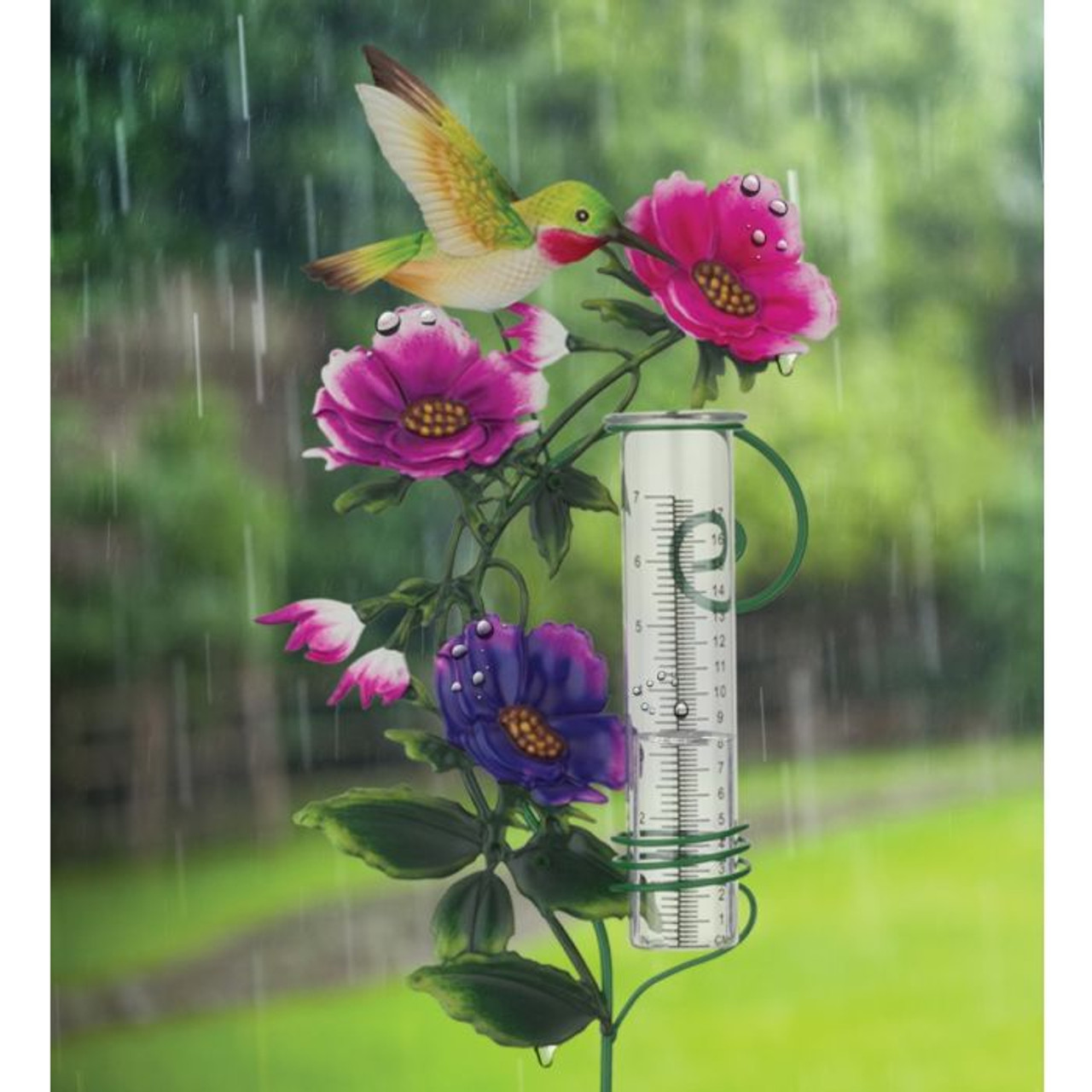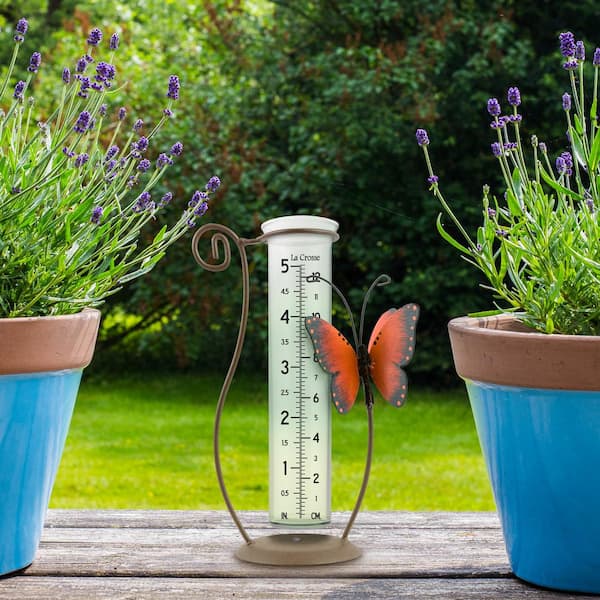The Rain Gauge: A Crucial Tool for Keeping An Eye On Rainfall Levels
The Rain Gauge: A Crucial Tool for Keeping An Eye On Rainfall Levels
Blog Article
Exactly How to Choose the Right Rainfall Gauge for Accurate Rain Data
To get reputable measurements, it is important to pick the ideal rain gauge. Taking into consideration factors such as location, type, and accuracy of the rainfall gauge will help guarantee specific data collection. Additionally, comprehending the upkeep and calibration treatments will certainly contribute to the long life and dependability of your rainfall scale.
Significance of Choosing the Right Rainfall Scale
The relevance of choosing the ideal rain scale lies in getting exact and dependable rainfall data for exact meteorological evaluation. Rain data is critical for a large range of applications, including weather condition projecting, hydrological modeling, and climate study. Unreliable or undependable data can cause erroneous conclusions and flawed decision-making procedures.

Second of all, the accuracy and precision of the rainfall gauge are critical. The scale must be able to determine rains with high precision, recording even small quantities of rainfall precisely.
Additionally, the area and setup of the rain gauge are essential considerations. It should be positioned in an open area, away from blockages that might affect rains dimensions. The scale should be placed at an appropriate height and angle to avoid spilling and guarantee proper catchment of rainwater.
Aspects to Think About When Selecting a Rain Gauge
When choosing a rainfall scale, there are numerous crucial aspects to think about. These variables can substantially influence the accuracy and dependability of the rains data collected. The initial element to consider is the kind of rainfall gauge. There are different types readily available, consisting of conventional rain gauges, tipping bucket rainfall assesses, and considering rain evaluates. Each type has its own benefits and drawbacks, so it is necessary to choose one that best fits your certain needs and requirements.
One more aspect to take into consideration is the product of the rainfall gauge. Rainfall determines can be made of numerous products, such as plastic, glass, or steel. The material picked must be resistant and sturdy to weather, ensuring that the rain scale will certainly endure the aspects and provide exact measurements with time.
Precision is likewise a vital variable to consider. Search for rainfall evaluates that have been adjusted and checked for precision. Functions such as anti-splash rings and funnels can likewise improve the precision of the dimensions.

Last but not least, consider the climate and atmosphere in which the rainfall scale will certainly be used. Various rainfall assesses are appropriate for various environments, so it is necessary to choose one that is suitable for the problems in your area.
Different Types of Rainfall Gauges Readily Available
To further explore the variables to take into consideration when selecting a rain gauge, it is essential to comprehend the different kinds of rain evaluates readily available. There are a number of types of rain assesses, each with its very own advantages and disadvantages. The most typical kind is the typical rain gauge, likewise understood as the round rain gauge. This kind is composed of a straight-sided cylindrical container with a funnel-shaped top. It is simple to use and provides accurate dimensions of rains.
An additional kind of rainfall scale is the tipping container rain gauge. This gauge uses a seesaw-like mechanism to collect and measure rainfall. As the rain comes under the gauge, it fills out one side of the container, triggering it to empty the water and tip. The number of tips is counted electronically to establish the amount of rainfall. Tipping bucket rain evaluates are popular for their accuracy and capability to gauge rains strength.
A 3rd type of rainfall gauge is the evaluating rainfall gauge. As the rainfall falls right into the gauge, it is accumulated in a container linked to a balance.
Ultimately, there are additionally remote rain gauges that use progressed technology to gauge rains (The Rain Gauge). These gauges usage sensors and transmitters to send information wirelessly to a central system. Remote rainfall evaluates are hassle-free for checking rainfall in hard-to-reach locations or for massive information collection
How to Establish the Accuracy of a Rainfall Gauge
One way to examine the accuracy of a rain scale is by conducting routine calibration dimensions. Calibration includes contrasting the analyses of a rainfall gauge to a conventional dimension, such as a qualified rain gauge or a climate station with high accuracy. By contrasting the dimensions, any disparities or inaccuracies in the rainfall scale can be determined and made up.
To perform a calibration dimension, beginning by collecting rains information from both the rainfall gauge and the common measurement gadget over a certain period, such as a month. After that, compare the readings and calculate the difference in between them. This difference is referred to as the calibration mistake.
It is very important to website here keep in mind that calibration measurements should be performed frequently, as environmental factors, such as wind, temperature, and particles, can affect the accuracy of the rain scale in time. By conducting regular calibrations, any kind of changes in the precision of the rainfall gauge can be found and changes can be made accordingly.
In addition to calibration, it is likewise advised to tidy and preserve the rainfall scale regularly to guarantee its precision. Remove any type of debris or obstructions that might impact the accuracy of the dimensions, and examine for any kind more info here of signs of damages or put on that may call for repair work or substitute.
Tips for Preserving and Calibrating Your Rainfall Gauge
Routine maintenance and calibration are critical for making certain the precision and integrity of your rain scale in gauging rainfall information (The Rain Gauge). By following a couple of easy pointers, you can ensure that your rainfall scale is appropriately kept and adjusted
First of all, it is important to cleanse your rain gauge on a regular basis to prevent any type of debris or dust from obstructing the rain collection system. Utilize a soft brush and a mild cleaning agent to carefully clean the inside and outside of the gauge. Rinse it extensively with clean water and enable it to dry entirely prior to re-installing it.
Secondly, it is suggested to adjust your rainfall gauge at the very least yearly. Calibration includes comparing the dimensions of your rainfall gauge with those of a trusted and precise recommendation gauge. This will certainly assist you recognize and fix any type of prospective mistakes in your rain gauge's dimensions.
To calibrate your rainfall scale, accumulate a known quantity of water using a measuring container and contrast it with the dimensions videotaped by your rainfall scale. Change the readings accordingly to make sure precision.

Verdict
In verdict, choosing the appropriate rainfall gauge is crucial for obtaining exact rainfall information. Aspects such as area, budget plan, and function must be thought about when selecting a rainfall gauge.
There are different my sources kinds offered, including conventional rain assesses, tipping bucket rainfall determines, and considering rainfall assesses.To even more discover the aspects to take into consideration when selecting a rain gauge, it is crucial to understand the different types of rainfall gauges available. The most usual kind is the standard rain gauge, likewise known as the round rainfall gauge.An additional type of rainfall scale is the tipping pail rain scale. Calibration involves contrasting the readings of a rain scale to a common dimension, such as a qualified rain gauge or a climate terminal with high accuracy.
Report this page